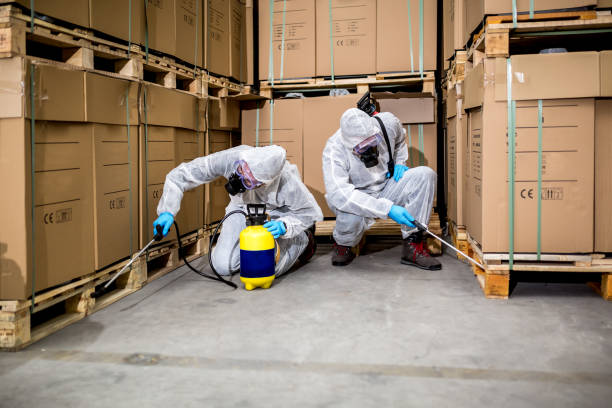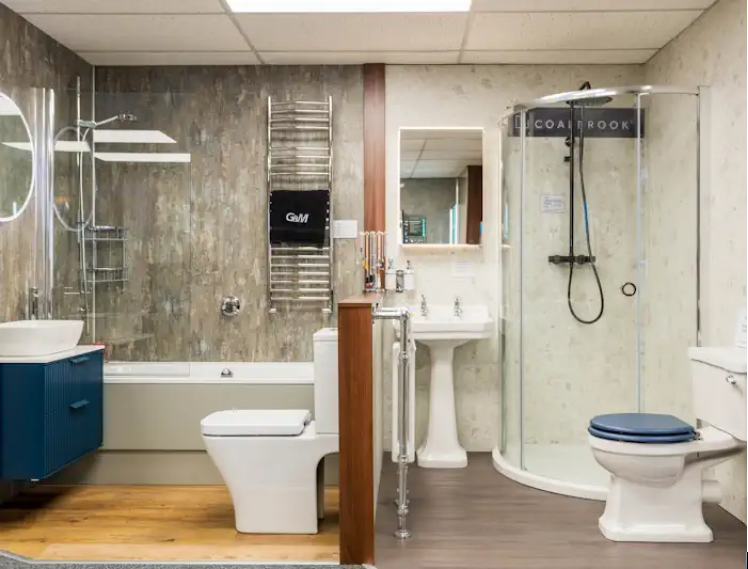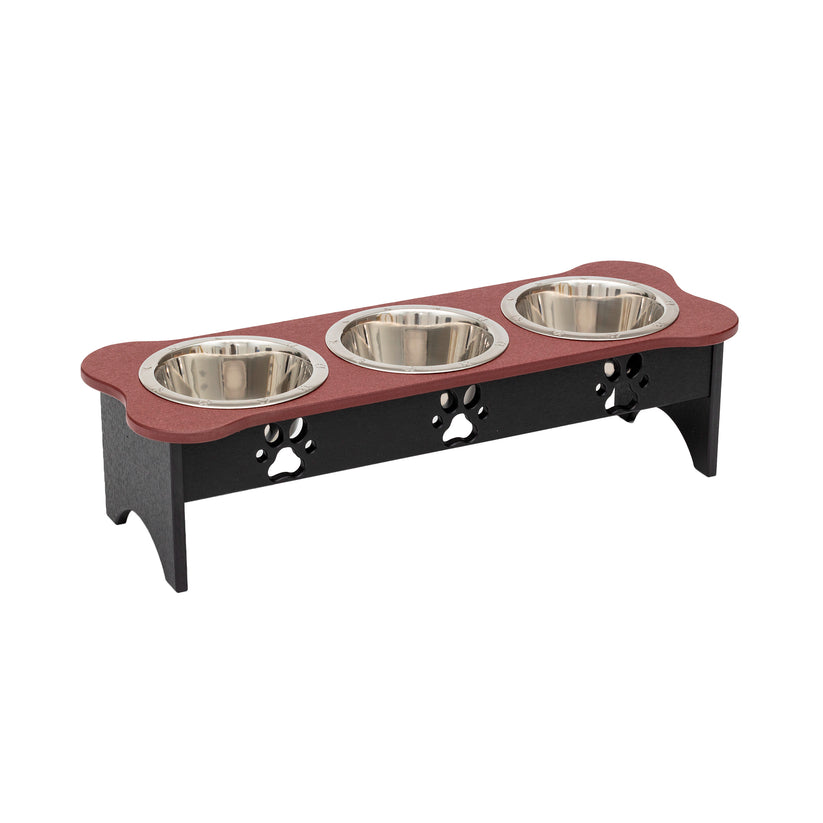Termite Control: Safeguarding Your Home from Silent Invaders

Termites, the silent destroyers, pose a significant threat to homes and structures worldwide. These tiny insects can cause extensive damage to wooden structures, leading to costly repairs and structural compromises if left unchecked. Therefore, implementing effective termite control measures is crucial for safeguarding your property and preserving its integrity. In this article, we will explore various methods and strategies for termite control to help you protect your home from these insidious pests.
Understanding Termites
Before delving into termite control methods, it’s essential to understand the behavior and biology of these pests. Termites are social insects that live in colonies, typically consisting of workers, soldiers, and reproductive individuals. They feed on cellulose, a component found in wood, paper, and other plant-based materials. Subterranean termites, the most common type, build their nests underground and access structures through mud tubes or cracks in the foundation.
Signs of Termite Infestation
Detecting termite infestation early is key to minimizing damage to your property. Some common signs of termite presence include:
- Mud Tubes: These pencil-sized tubes on exterior walls or foundations are used by termites as protective pathways.
- Wood Damage: Hollow or damaged wood, particularly in areas near the ground or where wood meets soil, may indicate termite activity.
- Discarded Wings: After swarming, termites shed their wings, leaving behind small piles near windowsills or light fixtures.
- Fecal Pellets: Termite droppings, resembling small wood-colored pellets, may be found near infested areas.
Termite Control Methods
Several termite control methods are available, ranging from preventive measures to treatment options for existing infestations. Here are some effective strategies:
- Regular Inspections: Schedule annual termite inspections conducted by trained professionals to detect early signs of infestation and prevent extensive damage.
- Moisture Control: Address any moisture issues in and around your home, as termites are attracted to damp environments. Repair leaky pipes, improve drainage, and ensure proper ventilation in crawl spaces.
- Physical Barriers: Install physical barriers such as metal mesh screens or sand barriers during construction to prevent termites from accessing the structure.
- Chemical Treatments: Termite control professionals may apply liquid termiticides or bait systems around the perimeter of your home to create a protective barrier or eliminate existing colonies.
- Heat Treatment: Heat treatments involve raising the temperature of infested areas to lethal levels, effectively killing termites without the use of chemicals.
- Fumigation: In severe cases of infestation, fumigation may be necessary to eliminate termites. This method involves sealing the structure and introducing a gas that penetrates wood and kills termites.
Integrated Pest Management (IPM)
Integrated Pest Management (IPM) combines various termite control strategies to achieve long-term effectiveness while minimizing environmental impact. IPM focuses on prevention, monitoring, and targeted treatments, emphasizing the use of non-chemical methods whenever possible. By adopting an IPM approach, homeowners can maintain a termite-free environment while reducing reliance on conventional pesticides.
Conclusion
Termite control is a critical aspect of home maintenance, essential for protecting your property from the destructive effects of these silent invaders. By understanding termite behavior, recognizing signs of infestation, and implementing preventive measures, homeowners can effectively mitigate the risk of termite damage. Whether through regular inspections, moisture control, or chemical treatments, proactive termite management is key to preserving the structural integrity of your home for years to come. Stay vigilant, and take proactive steps to safeguard your home against the threat of termites.







